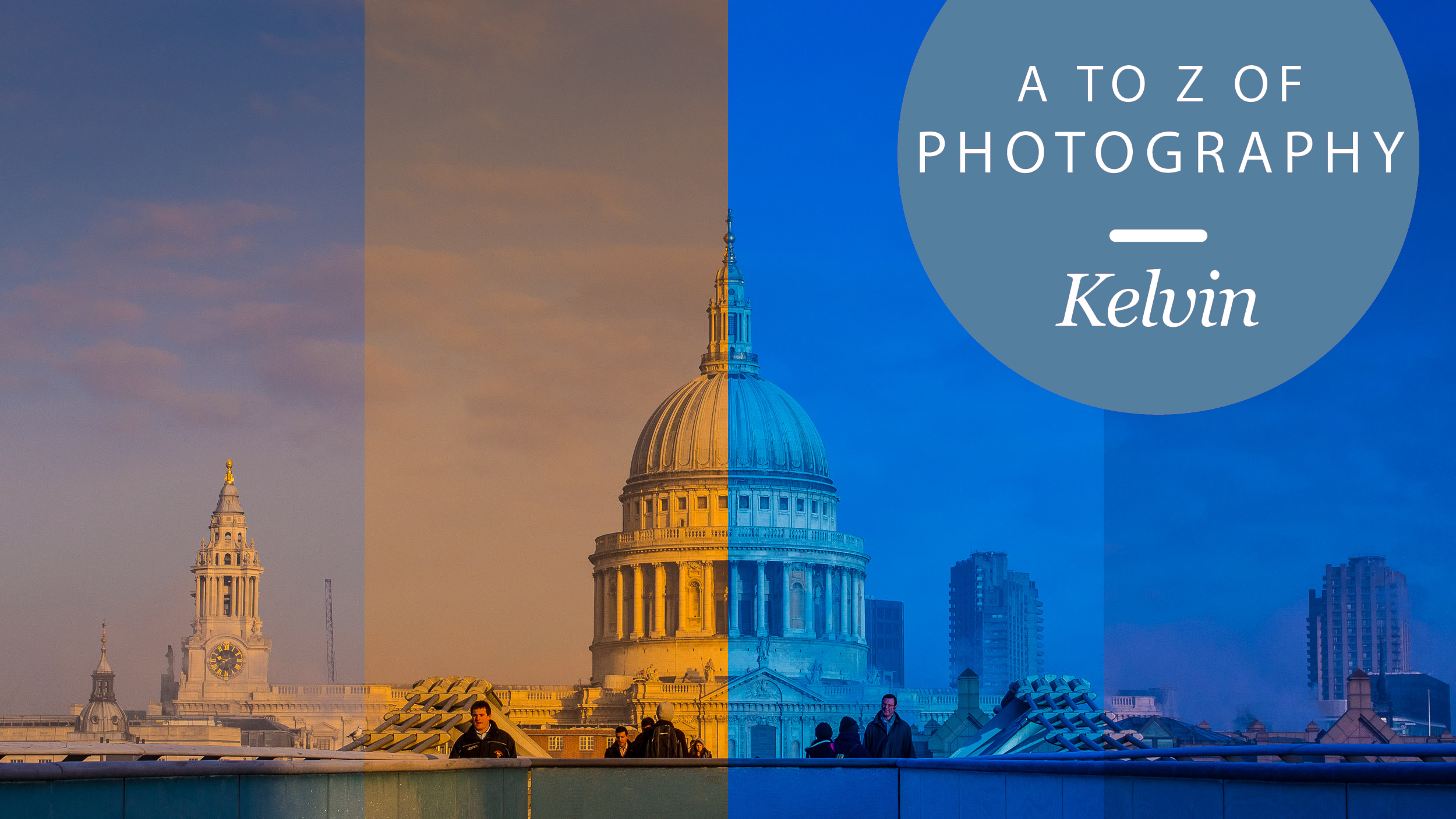The A to Z of photography: Kelvin
Discover the science behind white balance

Every photographer knows that by adjusting the white balance on your camera, or when editing images, you can make the color of the light look neutral even if it’s warm-toned artificial light, or the cool blue of twilight. The science behind this process is the science of color temperature, and this is measured in degrees Kelvin, or just Kelvins, after the 19th century physicist Lord Kelvin, who developed the color temperature scale.
Often you’ll work with your camera’s white balance presets, such as ‘Incandescent’, ‘Daylight’ or ‘Cloudy’, but while these are descriptive enough they’re also a bit woolly, so more technically-minded photographers – and especially those who have to produce precisely color-corrected images – prefer to work with exact numerical values.
This is where color temperature comes in. The technical explanation for how these values are derived is pretty dry and dusty, and uses the concept of an ‘ideal black body radiator’ (we did warn you). The upshot for photographers is that you can assign a color temperature to just about any set of shooting conditions.

For example, direct sunlight corresponds to a color temperature of around 5,200K, incandescent lighting is around 3,200K, and open shade under a blue sky can be as high as 8,000-9,000K.
So why Kelvin and not centigrade?
It’s because physicists prefer to measure temperature from a theoretical ‘absolute zero’, rather than the centigrade scale, which starts at the freezing point of water. Absolute zero, for those who’d like to know, is -273 degrees centigrade.
While we’re on the subject, there is another anomaly in color temperature measurement and perception. Photographers routinely talk about ‘warm’ and ‘cool’ lighting, and we associate the yellow-red end of the colour spectrum with warmth and the blue end with cold. In physics, however, the blue end of the spectrum indicates much higher temperatures than the yellow-red end. (Knowing this won’t make any difference to your photography, but it could be useful at a physicists' dinner party.)
When to use Kelvin and not presets
Presets are fine for casual outdoor photography, but if you’re shooting professionally in studio conditions under artificial lighting it can be important to measure and record the light color accurately. Studio lights come with precisely calibrated color temperature values, color temperature meters quote Kelvin values, and if you shoot raw files and process them later in raw conversion software, the color temperature slider is calibrated in Kelvins. Professional cameras will also offer Kelvin color temperature values as an alternative to named white balance presets.
Get daily insight, inspiration and deals in your inbox
Sign up for breaking news, reviews, opinion, top tech deals, and more.

Why tint confuses the issue
Color temperature is no longer the only factor in white balance settings, however, as there’s now a secondary ‘tint’ value. Where color temperature covers the main shift from red through yellow and white (neutral) to blue, the tint value describes an additional green-magenta range of colors present in many artificial light sources.
Kelvin color temperature is still the primary measure of color balance in the professional lighting industry, but things are a little more complicated now than when this system of measurement was first adopted.

Rod is an independent photographer and photography journalist with more than 30 years' experience. He's previously worked as Head of Testing for Future’s photography magazines, including Digital Camera, N-Photo, PhotoPlus, Professional Photography, Photography Week and Practical Photoshop, and as Reviews Editor on Digital Camera World.